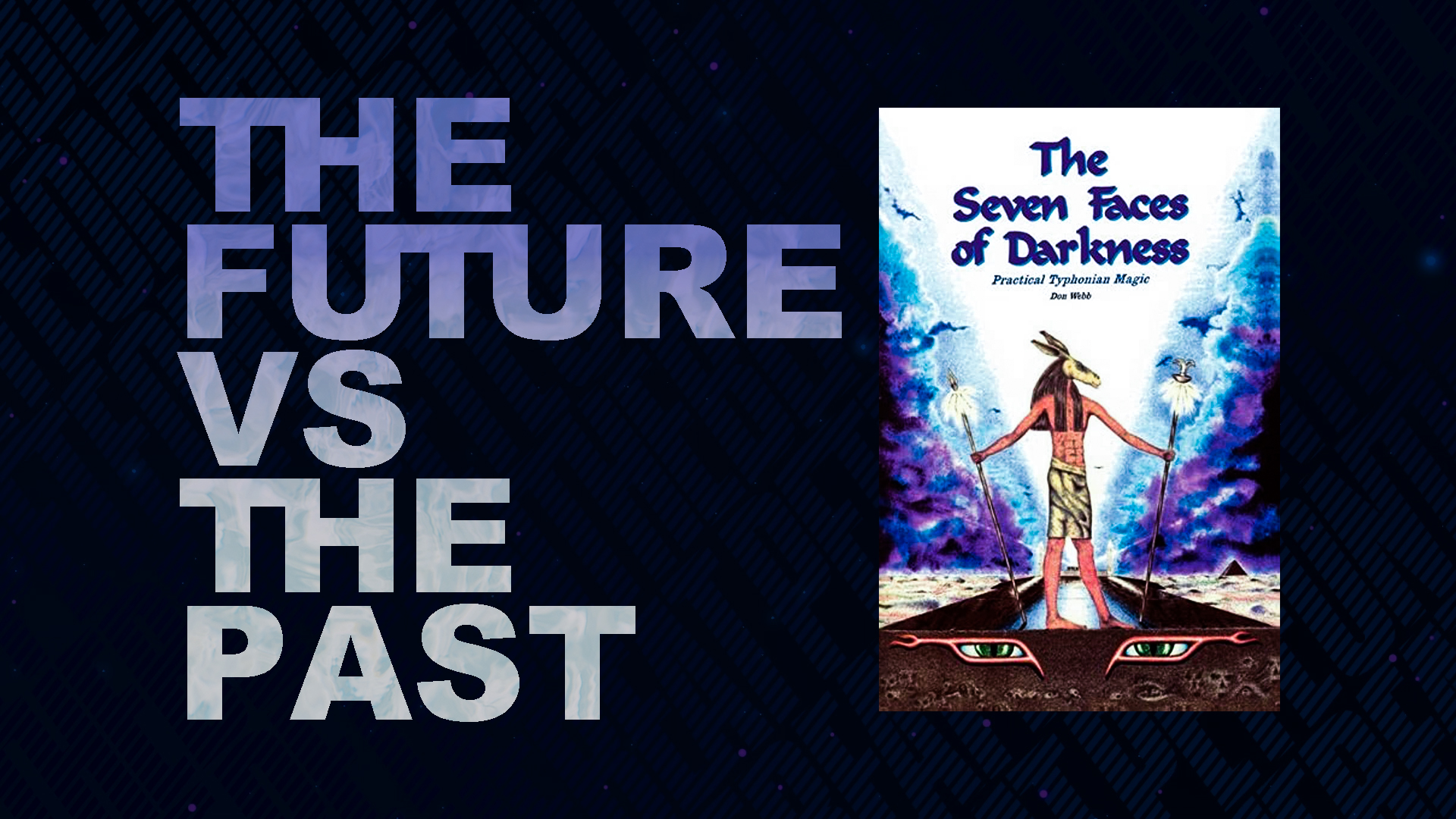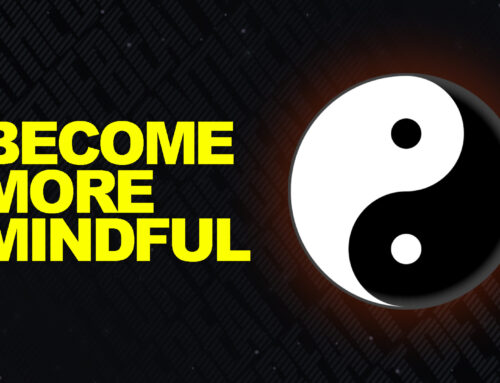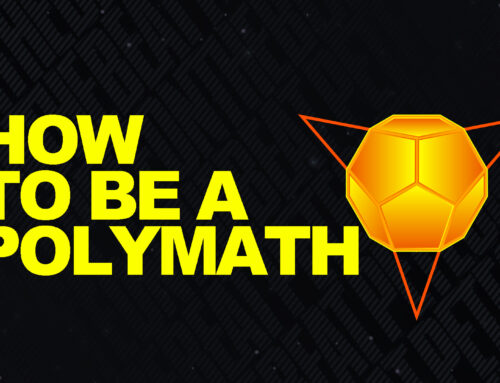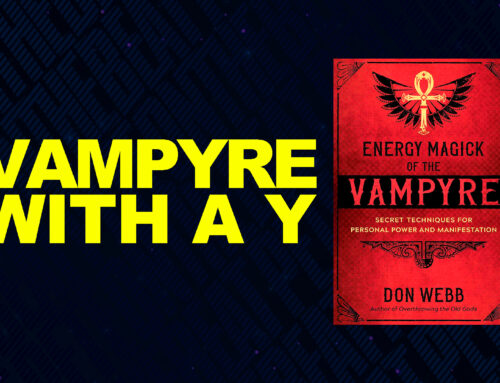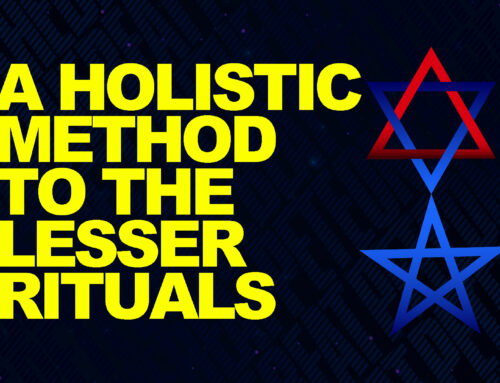Introduction
Preceding the author’s classic Uncle Setnakt’s Essential Guide to the LHP, The Seven Faces of Darkness is a concise, elegant work reclaiming late antiquity’s wisdom. It penetrates the active Typhonian current and packs practical advice, such as information about the origins of Setian Philosophy. While addressing all that would be lengthy, in this review, I’ll discuss my favorite parts, which may be of ‘great service’ despite your chosen path. Let me mention that this video was picked by most of you — my viewers who want to learn more about the LHP. So what better way to help you do so than by examing another LHP classic?
The Curse and Blessing of Humanity
The book’s forward is written by Dr. Michael Aquino, founder of the Temple of Set. The curse and blessing of humanity, Aquino explains, is that it exists in two worlds simultaneously. One is physical and tangible, whereas the other is intangible and ethereal. Although conventional wisdom denies that, our innate desire to transcend nature verifies it. It elevates our consciousness, increasing awareness of the universe’s deeper/higher realms. This strive for a higher being isn’t exclusive to magicians. Capable of channeling aspects of the reality beyond, others have it too. Yet it’s only magicians who can (really) interact with it.
“If the mystic is content to dream about this other universe, and the artist conveys glimpses of it in music, paint, or pen, it is the passion of the magician to interact with it. The magician seeks to draw its presence and power into the lesser world, to change that world by its touch.”
Michael A. Aquino. The Seven Faces of Darkness
The Tools and the Goal of the Magician
Seeming illogical to the skeptics, the magician’s tools are crafted toward one goal: bridging the gap between Here and There. Don Webb clarifies that the practitioner’s great work is the constant search and invention of the tools and tactics allowing them to achieve that. Sometimes those are the works of other magicians; others are one’s own techniques or modifications.
Sustaining the Magician Within
The Seven Faces of Darkness recognizes several essentials for becoming a better magician. And that, “I think,” applies regardless of the system you practice. The idea isn’t to romanticize past periods but to recreate the psychological factors of the late antiquity magicians.
Diary
Keeping a diary clarifies where you are on the path. Such as why you are practicing magick and the actual results you get.
Secrecy
In the past, hermetic magicians were prosecuted by the church. While that’s no longer the case, keeping your ‘life space’ and workings safe is essential. That includes minding with whom you discuss your practices and creating healthy relationships by setting boundaries
Philosophy
Like the Essential Guide, The Seven Faces of Darkness emphasizes the importance of grounding yourself with philosophy. Another I thoroughly enjoyed is the section that recommends nourishing your intellect, which is often regarded as the gift of Set, with the wisdom of Plato, Plotinus, and others; also, with that of Marcus Aurelius and perhaps more stoicism, as the author offers outside of the book.
Comment
Appreciating that, I’d suggest backing the latter with some of the latest research on willpower to ensure you are not being stoic at the expense of running out of willpower.
Perfect Balance
Unlike self-help gurus over-obsessing about stoicism, Webb eloquently points out: “Man doesn’t live by philosophy alone.” One way to balance that is by boosting your imagination with images of fantastic Egypt. Also, with fiction on the same theme, as noted elsewhere. Another is incorporating a proportionate amount of luxury into your life, as that’s important to the non-natural spiritual part of the human experience.
Real Initiation
On the same page, the author emphasizes, “Real initiation seldom happens during a rite. It more frequently occurs at the most unusual moments.” Based on personal experience, that doesn’t apply solely to initiation; it is also the case with practical and (even) mystical work — which is why rather than closing with banishings, I usually let the energies run through my day, influencing many aspects of my life. Also, why I like to say that: Mundane and mystical may not be mutually exclusive, as magick works in mysterious ways but follows natural law.
The Book’s Coming Into Being
Don Webb shares that he wandered between two camps of people all his life. The first group is the practical occultists aiming to change their worlds using the craft. The second is the academic scholars relying solely on precision and research and thus ending up being what’s called ‘armchair magicians.’ When meeting with Stephen E. Flowers, who later becomes his initiator, Webb understands that combining both isn’t just possible but highly beneficial, allowing the magician to have the elsewhere discussed self-reliance. It also got the author fascinated with Set-Typhon.
“Set-Typhon drew my attention for several reasons. The Egyptian god Set, who represented fierce separateness — an individual drive for power and knowledge — was largely a suppressed “forbidden” deity of the Egyptians. He had been patron of the pharaohs of the XIXth and XXth dynasties. I was curious why this god had (then as now) a remanifestation and why he was coupled with a greek monster. Why did literate, well-educated men of late antiquity come to this particular synthesis? It seemed best unlikely…”
Don Webb. The Seven Faces of Darkness
Finding Answers
To find the answers, reverse-engineering the ‘darker operant’ side of hermeticism, Webb utilized a threefold approach invented by Stephen E. Flowers, the most prominent authority on Rune Magick.
Objective Analysis
The first stage is objective analysis. The Seven Faces of Darkness explains that if you want to recreate the same journey as the original operators, you want to be maximally close to where they started and arrive at the same destination. The section also elaborates on Webb’s definition of magick, which I appreciate quite a bit.
“Magic, the art of changing the subjective universe in order to produce a proportionate change in the objective universe depending on the passion and precision of the operator, begins with a received world view (though by the necessity for this world, view individuates the practice of magic). For an understanding of the world view, as many factors as can be handled by the raconstructionist should be taken into account…”
Don Webb. The Seven Faces of Darkness
Elsewhere The Seven Faces of Darkness notes the two-fold division of Hermetic magick. While operant magick helps you get what you need, initiatory magick opens your eyes to what that truly is.
Self-Reliance
By gathering objective data, Don Webb explains, you become self-reliant. Meaning you no longer rely on the revelations and experiences of others. On the contrary, though creating your (own) system is likely the most self-reliant approach, it should be incorporated with objective data gathering. As (also) emphasized in the Essential Guide, the reason is to optimize your system by challenging blind spots and verifying whether you are moving in the right direction.
Subjective Synthesis
The second stage is Subjective Synthesis. The Hermetic tradition is about individualism. And that’s even more expressed in the Setian current. The subjective synthesis is achieving two aims by finding your own answers. First, it allows you to observe, test, and articulate what’s hidden in your personality. The second, Don Webb adds, is applying your personality to the external tradition, taking a facet of that into your sphere of being, and ultimately accomplishing enlightenment.
Enactment
Being the third step, ‘enactment’ teaches a fundamental lesson to apply to any system of magick.
“The test for understanding a practical system comes from doing. One doesn’t read computer manuals for their prose nor study surgery for amusement. The test of Understanding is in getting results…”
Comment
Like many others, this piece of Webb’s Wisdom doesn’t apply solely to LHP followers or Setians. Similar is emphasized by Regardie in his One Year Manual, which mainly gravitates toward beginner students of Golden Dawn and Thelema.
Seek the Mysteries
Interestingly, all these can be distilled in the Egyptian sentence Ir Shta-(t)u! which means “Inquire of the books of magick!,” “Seek the Mysteries!,” or “Travel through difficult territory!”
Set
In chapter three, Don Webb shatters common misconceptions about Set. Despite being associated with the Devil, Set was immensely venerated through periods.
“Set in the predynastic and archaic periods was an essentially positive deity introduced from the east as a god of the extension of existence…”
Comment
This is very interesting, considering that when Michael Aquino invoked Set via ‘original’ Enochian Magick, he never defined himself as some ‘devil’ or ‘opposer.’ Quite the opposite. Some of what he says in Aquino’s the Word of Set, in which Set speaks in Enochian, includes the following:
“I am within and beyond you, the Highest of Life, in majesty greater than the forces of the Universe; whose eyes are the Face of the Sun and the Dark Fire of Set: who fashioned your intelligence as his own and reached forth to exalt you.”
Set on Earth
Based on Webb’s research, it is a later notion that Set murdered Osiris. Originally Osiris had died of drowning. ‘Set’s’ essential function, the author explains, was expanding the borders of existence and then returning the chaos energy to the center. Set was the god of deserts and foreign lands on Earth, identified with storms and other desert gods—also, the god of Xeper, which also means development. Let me know if you’d be interested in a video on Xeper.
Set vs. Osiris — The Future vs. The Past
This is where Set’s function is (actually) opposing one; — He ‘opposes’ the linear past, unchanging and stretching back from the now infinite distance. This principle or type of time, Webb explains, is called by the Egyptians ‘djet.’ It is ruled by Osiris, holding all that happened, such as not the ‘true forms’ but the images of the gods. Djet encompasses the ‘common’ material in all subjective universes, such as the observable things in the objective. Neheh is the eternal future, ruled by Set under the cult title Set-heh. It is conceived as a grand spiral uncoiling into the now — More on that in a second.
Destroying Delusions
Set is also a ‘tester of dead,’ annihilating what failed to become real and manifest. He works in your subconscious, destroying delusional thinking.
The Image of Desire
When you want something, the image of your desire for it appears in the Neheh. Supposedly, that’s the potentiality of it, which your desire generates and sustains. The stronger your urge, the more in opposition you are to the matrix of the past — Osiris. This makes solid sense considering that getting it demands a minor or more significant change in the present, which would inevitably change the past. By eventually accomplishing your goal, you have slain Osiris, yet the act of doing so becomes another memory of the past.
Comment
Considering this, I suggest meditating on the Thoth Tarot Star Card and how the new Aeon manifests while the former crystalizes in linear shapes. Such as the fact Set is a son of Nuit. Also, some scholars consider Set to have traits of Hadit, as he’s the actual future bringer. Lastly, think of the practical self-help advice that you should be pulled by and not pushed toward your goal. Wouldn’t you agree that’s the better way of overcoming the static resistance of the past? Or you are convinced you can fight that through willpower. I’d be happy to learn about your reflections in the comments below.
Horus and Set
Considering this, I suggest meditating on the Thoth Tarot Star Card and how the new Aeon manifests while the former crystalizes in linear shapes. Such as the fact Set is a son of Nuit. Also, some scholars consider Set to have traits of Hadit, as he’s the actual future bringer. Lastly, think of the practical self-help advice that you should be pulled by and not pushed toward your goal. Wouldn’t you agree that’s the better way of overcoming the static resistance of the past? Or you are convinced you can fight that through willpower. I’d be happy to learn about your reflections in the comments below.
“The relationship of Horus and Set symbolizes the struggle between individuality and cooperation. Yet from time to time that struggle comes intro place of unity which is an essentially protective and regenerative function…”
Don Webb. The Seven Faces of Darkness
IMHO, reconciling those principles within also achieves a reconciliation between objective and subjective, while rather than dissolving, one strengthens one’s individuality.
Individualism and Setian Thought
Chapter 4 explains that in Egypt, individualism was first identified with Set. The individualists had been labeled as “Setian.” Since Setian thought is one of isolation, Set had been adopted as an “isolator,” whereas Typhon was the “rebel.” The Setian experience has two aspects, both based on desire. The first is the desire to change the already created, existing, and conditioned. The second is the one to expand in that region of ‘internal and external darkness where growth is possible.
The Greatest Key to Magick
“Understanding the world was the greatest key to magic, and therefore the primary goal of the magician was the seeking out of creative Understanding.”
Don Webb. The Seven Faces of Darkness
Creative Understanding, the Seven Faces of Darkness explains, comes from mixing your intellectual and emotional faculties with the god of your psyche. Considering this, such as what I cover in my Middle Pillar book review, reminds me of what a Qabalist would define as reconciling your Yechida with your Nephesh and Ruach, but that’s just my opinion. Let me know what is yours.
- The Power of Mindfulness Meditation - May 1, 2024
- An Autobiography of Trauma Book Review - April 23, 2024
- Reflections on Being a Polymath - April 12, 2024


